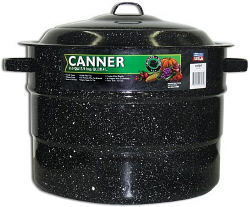So how does one chop wood exactly?
Before you begin the task to cutting up your firewood you will need to choose the correct axe for the job. There are single bit, double bit, splitting maul, splitting wedge, and even more tools available for wood chopping.
Be sure that there aren't any people in the vicinity that could be injured, also be aware of the level of the ground, you don't want to get off balance or fall while holding a sharp object.
If you aren't the one chopping, then do NOT stand behind someone who is. Actually it is probably best to steer clear of the axe wielder all together. Better safe than sorry.
Be sure your axe is sharp. As with knives, a dull axe is more dangerous than a sharp one as it can slip or bounce due to the dullness, and an axe that slips off its mark can result in injury.
Let the axe do the work for you. This means that you need a swift controlled swing and relax just before the axe hits the wood. For the last split second you are only guiding the axe. By relaxing it prevents the shock of the striking blade from being transmitted back into tensed up muscles. If you relax then you will allow yourself to be able to chop wood longer.
When splitting wood with an axe, if you strike with the axe head very slightly off perpendicular, it will be less likely to get stuck in the block of wood, but will cause pieces to pop free, these pieces can fly off in any direction so appropriate safety wear is needed (safety goggles, etc.).
- Balance the piece of wood that you want to chop (or split) on a chopping block or level ground.
- Stand with your feet shoulder width apart.
- Hold the axe with both hands. Slide one hand up near the head of the axe, and practice letting it slide down the axe handle toward the other hand as the swing is executed. This maintains control and delivers a more powerful blow.
- Put the axe in the spot you want to hit. Study the piece, and note any knots or limbs. You will want to hit a spot between these, as it is much harder to split across these, since they hold the wood together like nails or pins.
- Pull the axe carefully over your head, allowing the upper hand to slide up near the ax head. Hold it with the head back over your shoulder with a firm grip.
- Bring the axe quickly and firmly down, allowing your hand to slide down the axe handle to the other hand, aiming to hit the exact spot you selected.
Be safe, if you feel uncomfortable chopping wood, you can purchase it already chopped, or talk to someone who is experienced that could help to teach you the proper method. Never do anything dangerous that you feel uncomfortable about.
Source:
http://www.wikihow.com/Chop-Wood









